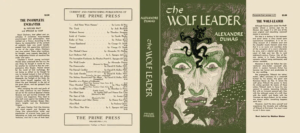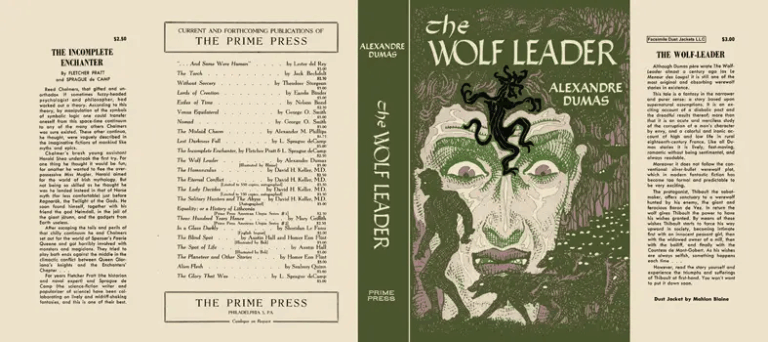Day 3 is the culmination of the collaborative efforts made during the event. After two days of intense discussions, brainstorming, and design work, Day 3 focuses on finalizing the concepts developed by the participants and presenting them to the wider group. This day is all about refining the ideas into coherent proposals, effectively communicating these solutions, and gathering feedback from stakeholders. By the end of Day 3, participants should have produced a set of well-developed design proposals that reflect the diverse perspectives and technical considerations addressed during the event.
Let’s see how.
1. Preparing for Finalization
The final day begins with a recap session, much like the previous mornings. This brief session helps participants transition from the iterative design work of Day 2 to the refinement and presentation phase of Day 3. The facilitator summarizes the progress made so far, highlights key themes or unresolved questions from the previous day’s preliminary presentations, and provides an overview of the agenda for the day.
This introduction sets the tone for Day 3 by emphasizing the importance of finalizing designs and preparing for the formal presentations. The facilitator might remind participants of the event’s overall objectives, ensuring that everyone remains focused on producing actionable, realistic proposals. Clear communication of the goals for the day helps participants understand what is expected and encourages them to approach the final stretch with energy and focus.
2. Polishing the Proposals
After the introductory session, participants break into their groups to finalize their design proposals. This stage involves refining the concepts they have developed over the past two days, ensuring that the designs are coherent, feasible, and aligned with the project’s objectives. The goal of this session is to polish the ideas, address any remaining challenges, and prepare the proposals for presentation to the wider group.
During this phase, participants should focus on clarifying the details of their designs, ensuring that all elements fit together logically and effectively. This might involve making final adjustments based on feedback received during the preliminary presentations, resolving any outstanding technical issues, or enhancing the visual representation of their ideas.
Eg: a group working on a public space redesign might spend this time refining their layout, ensuring that the proposed changes improve accessibility, enhance user experience, and meet sustainability goals. They might also finalize the visual elements of their proposal, creating clear, compelling renderings or diagrams that effectively communicate their vision.
Facilitators continue to play a supportive role, offering guidance and helping the groups maintain momentum as they work toward finalization. Technical experts remain available for consultation during this phase, helping groups to ensure that their designs are practical and grounded in real-world considerations.
Eg: if a group is proposing changes to transportation infrastructure, they might consult with a transportation planner to confirm that their ideas are feasible within the existing network and regulations.
3. Crafting the Narrative
In addition to refining the design concepts, Day 3 involves preparing for the final presentations. This preparation is just as important as the design work itself, as the effectiveness of the presentation will determine how well the ideas are communicated to the wider group and stakeholders. The presentations need to convey not only the design solutions but also the rationale behind them, demonstrating how the proposals address the challenges and opportunities identified throughout the event.
Participants should focus on crafting a clear and compelling narrative for their presentation. This narrative should explain the key decisions made during the design process, highlight the benefits of the proposed solutions, and address any potential challenges or trade-offs. The presentation should also articulate how the designs align with the broader goals of the project and reflect the input from diverse stakeholders.
Visual aids are critical in this phase. Participants should create high-quality visual materials—such as diagrams, maps, renderings, or models—that effectively illustrate their proposals. These visuals help to make the ideas more tangible and accessible, enabling the audience to better understand the concepts being presented.
Eg: a group presenting a new mixed-use development might create a series of renderings showing how the project integrates housing, retail, and public spaces, along with diagrams that explain how the design promotes walkability and connects to existing transportation networks. They might also prepare a brief that outlines the key benefits of the proposal, such as creating affordable housing or boosting local economic activity.
4. Final Presentations
The final presentations are the centerpiece of Day 3, where each group showcases their work to the wider group, including key stakeholders, facilitators, and, in some cases, external observers such as local government officials or community representatives. These presentations are formal and structured, with each group taking turns to present their design proposals, explain their rationale, and receive feedback from the audience. Each presentation typically includes a combination of verbal explanation, visual aids, and, where appropriate, technical details. Groups should clearly articulate the problem they are addressing, the process they followed to develop their solution, and the specific elements of their design. They should also explain how they incorporated stakeholder input and addressed any challenges or constraints identified during the event.
Eg: a group might present a proposal for a new transit hub, explaining how it improves connectivity between different modes of transportation, enhances accessibility for local residents, and incorporates sustainable design features. They might use a combination of maps, diagrams, and 3D renderings to illustrate how the hub will function and integrate with the surrounding urban fabric.
After each presentation, there is typically a period of open discussion and feedback. This allows the wider group to ask questions, provide input, and suggest potential improvements. Facilitators help guide this discussion, ensuring that it remains constructive and focused on helping the presenters refine their proposals further. This feedback is invaluable, as it provides an opportunity to identify any remaining issues and ensure that the final designs are as strong as possible.
5. Reflecting on the Outcomes
The feedback and discussion session following the presentations is a critical part of the final day. This is where participants, stakeholders, and facilitators come together to reflect on the proposals, share their thoughts, and discuss the potential implications of the designs. The goal of this session is to ensure that the design solutions are robust, well-considered, and ready for further development or implementation.
The feedback should be constructive and forward-looking, focusing on how the designs can be improved or how they might be implemented in the next phase of the project. Facilitators can help ensure that the feedback is balanced, encouraging both praise for the strengths of the proposals and constructive critique on areas that may need further development.
Eg: stakeholders might offer insights on how a particular design aligns with local regulations or suggest additional partnerships that could support the project’s implementation.
This session also serves as a final opportunity for stakeholders to voice any concerns or raise questions about the designs. By addressing these issues in a collaborative environment, participants can refine their proposals even further and ensure that the designs reflect a broad consensus.
6. Transitioning to Implementation
The final wrap-up session at the end of Day 3 is a moment to reflect on the achievements of the event and outline the next steps in the project’s development. This session is crucial for transitioning from the activity to the implementation phase, ensuring that the ideas generated during the event have a clear path forward.
During the conclusion, the project lead or facilitator typically summarizes the key outcomes of the event, highlighting the strengths of the design proposals and the contributions of the participants. They might also outline the process for moving forward, explaining how the proposals will be integrated into the larger project or planning process. This could involve further refinement by technical teams, presentation to decision-makers, or incorporation into policy or development plans. Participants should leave Day 3 with a clear understanding of how their work will be used and what the next steps are. This helps to ensure that the energy and momentum generated during the event are carried forward into the implementation phase, making the most of the collaborative efforts that have taken place.
Finally, the conclusion of Day 3 is an opportunity to celebrate the success of the event. Recognizing the hard work and creativity of the participants fosters a sense of accomplishment and reinforces the collaborative spirit of the EbD activity. This celebration can take many forms, from formal acknowledgments to informal networking opportunities where participants can reflect on the event and build connections that will support the project’s ongoing development.
By celebrating the achievements of the Enquiry-by-Design activity, the organizing team helps to create a positive and lasting impact, encouraging participants to stay engaged with the project as it moves forward.
But how do these projects typically move forward? We’ll see that tomorrow.
The picture in the header comes from “Global Seminar | Games and participatory modelling for urban planning”







No Comments